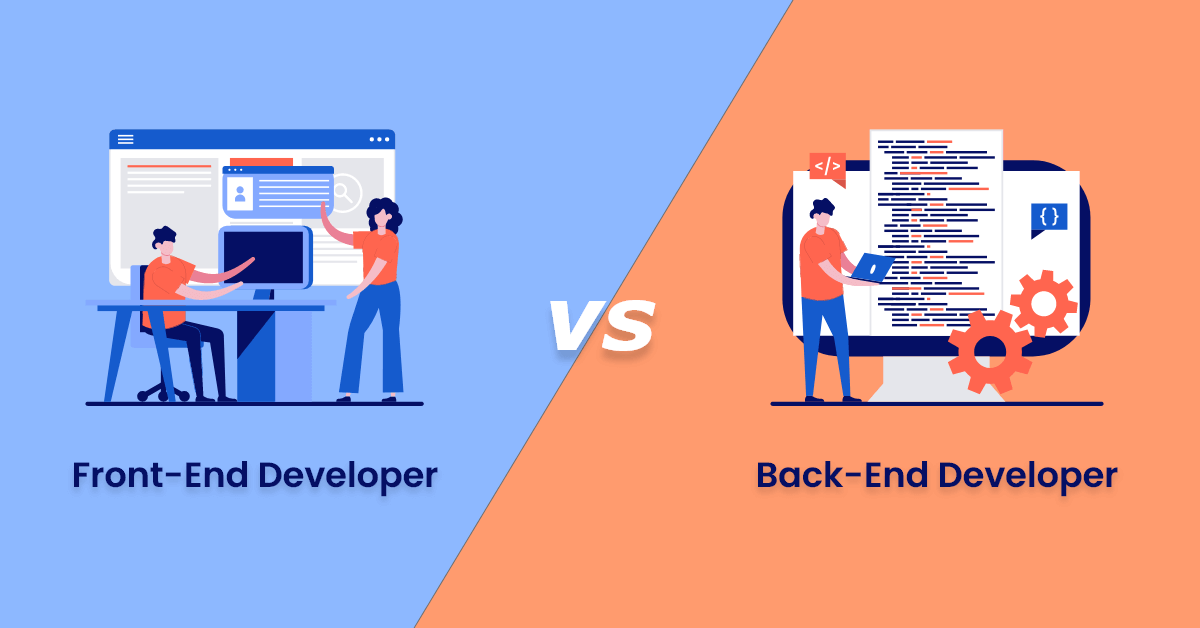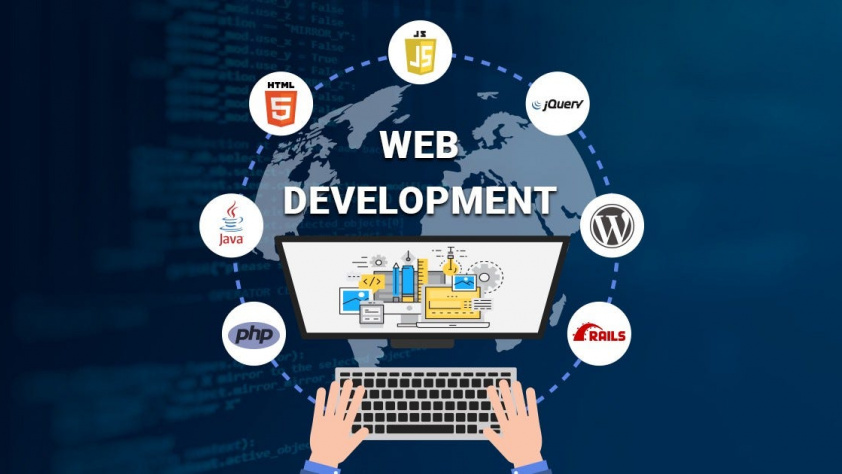Web development is a critical aspect of the digital world that significantly impacts the functionality and user experience of a website. It’s a broad field encompassing various areas, including front end and back end development. This article aims to explore these two areas, their roles, and their importance in web development.
Understanding Front End Development
Front end development, often referred to as client-side development, involves creating the visual aspects of a website that users interact with. It’s all about ensuring a seamless and engaging user experience. Front end developers are responsible for implementing visual elements, including layout, colors, fonts, and images. They use languages like HTML for structure, CSS for styling, and JavaScript for interactivity. The importance of front end development lies in its direct impact on the user experience. A well-designed front end can attract and retain users, thereby increasing engagement and conversion rates.
Key Technologies Used in Front End Development
- HTML (Hypertext Markup Language): Used for structuring content on the web.
- CSS (Cascading Style Sheets): Used for styling and layout.
- JavaScript: Used for adding interactivity to web pages.
- Front End Frameworks: Such as React, Angular, and Vue.js, which help streamline the development process.
Skills Required for Front End Developers
- HTML, CSS, and JavaScript: Proficiency in these core technologies is essential.
- Responsive Design: Understanding how to create designs that adapt to different screen sizes and devices.
- User Experience (UX) Design: Knowledge of principles that enhance user interaction and experience.
- Front End Frameworks: Familiarity with popular frameworks like React, Angular, and Vue.js.
Understanding Back End Development
Back end development, also known as server-side development, is all about what goes on behind the scenes. It involves creating and managing databases, scripting, and the architecture of a website. Back end developers use server-side languages like Java, Ruby, Python, and .Net to build an application, and tools like MySQL, Oracle, and SQL Server to find, save, or change data and serve it back to the user in front end code. The importance of back end development lies in its ability to support front end experiences with robust data processing.
Key Technologies Used in Back End Development
- Programming Languages: Such as Python, Ruby, Java, and .Net.
- Frameworks: Like Django, Ruby on Rails, and Laravel.
- Databases: Relational databases like MySQL and PostgreSQL, and NoSQL databases like MongoDB.
- APIs: Application Programming Interfaces that enable communication between different systems.
Skills Required for Back End Developers
- Programming Languages: Proficiency in languages like Python, Ruby, Java, and .Net.
- Database Management: Knowledge of database systems and SQL.
- API Design: Understanding how to create and manage APIs.
- Security: Ensuring the security of the application and data.
The Interplay Between Front End and Back End Development
Front end and back end development work together to create a functional website. While the front end ensures a seamless user interface, the back end ensures that everything runs smoothly behind the scenes. For instance, when you fill out a form on a website (front end), the back end processes this data and performs appropriate functions such as storing the information or sending an email.
Choosing Between Front End and Back End Development
Choosing between front end and back end development as a career path depends on your interests and skills. If you’re visually inclined and interested in layout and design, front end development could be for you. If you’re interested in logic, problem-solving, and data management, you might enjoy back end development.
Full Stack Development
Full stack development refers to both front end and back end development. Full stack developers possess both skill sets and can code using front end and back end languages, tools, and frameworks. If you want to be able to build a website or application on your own, you’ll need to obtain a full stack development skill set.
Skills Required for Full Stack Developers
- Front End Technologies: HTML, CSS, JavaScript, and front end frameworks.
- Back End Technologies: Programming languages, frameworks, databases, and APIs.
- Problem-Solving: Ability to debug and troubleshoot issues across the entire stack.
- Adaptability: Willingness to learn new technologies and frameworks.
Conclusion
Understanding the difference between front end and back end development is crucial for anyone interested in web development. While front end development focuses on creating the user interface and user experience, back end development focuses on the server-side logic and database integration. Full stack development combines both, requiring a broad range of skills. Whether you are interested in designing visually appealing interfaces or building robust server-side applications, knowing the roles and technologies involved in each can help you make informed decisions about your career path in web development.



